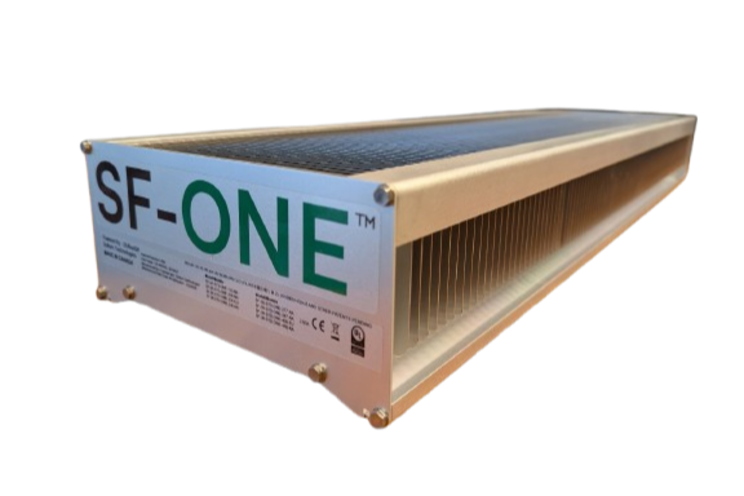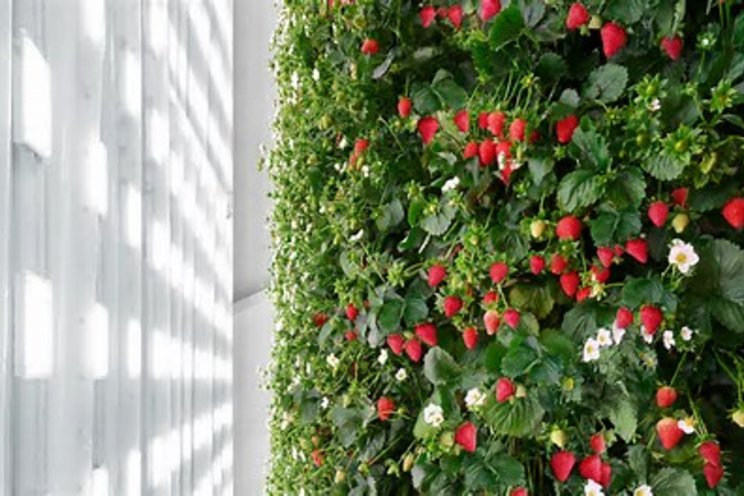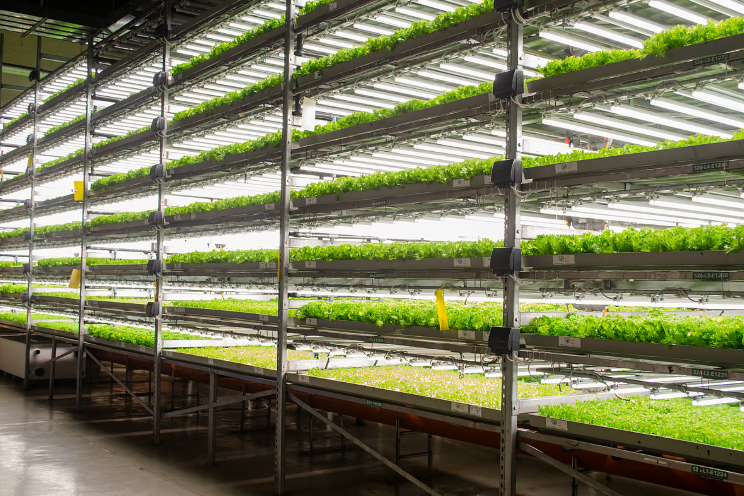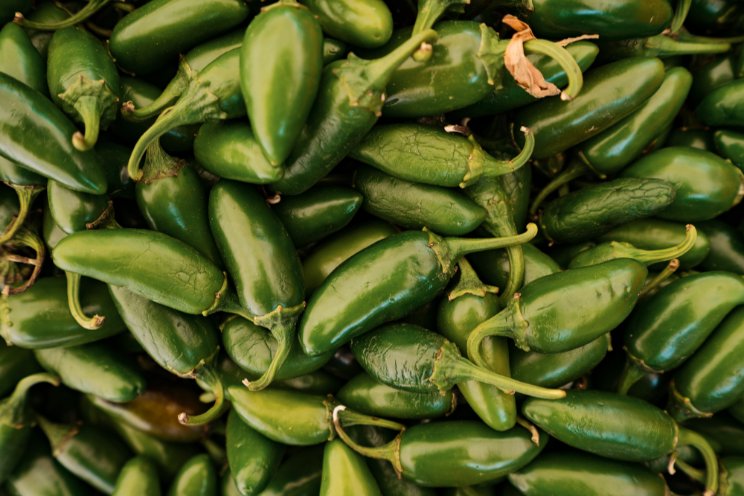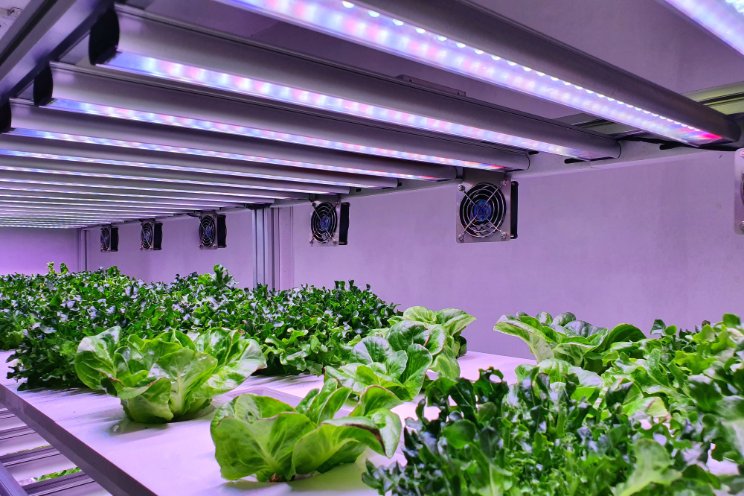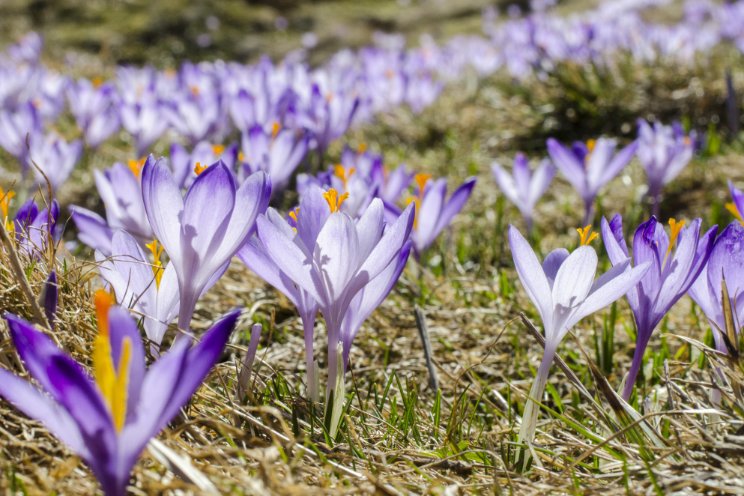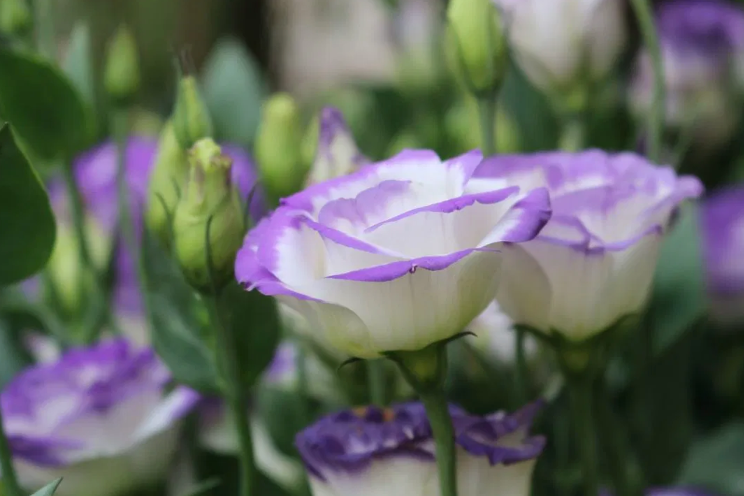How a greenhouse film can help boost crop yields
Added on 24 March 2023
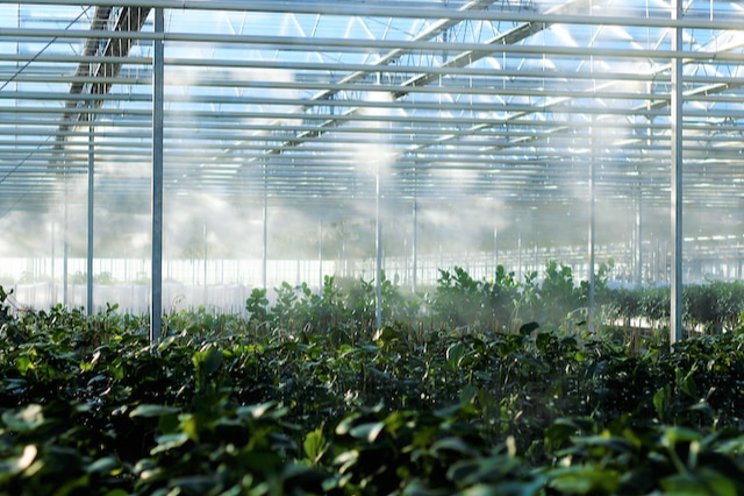
Despite being the most popular choice for several decades, conventional PE films have fallen short in providing extended anti-condensate (AC) (or anti-dripping) functionality due to the migratory additive-based composition of materials used. This composition results in a gradual loss of these features well before the end of the film’s lifetime, typically in 18 to 24 months. To exacerbate matters, conventional AC tends to cause mist (or fog) in the greenhouse during early morning and before dawn when sharp fluctuations in temperature occur.
The negative impacts of condensation, dripping, and fog on crops are well known, as they diminish the quality and quantity of light, harm crops, and create conditions for fungal diseases to develop. This not only leads to reduced yields and slower crop cycles but also poorer crop quality and a greater dependence on pesticides. As a result, growers frequently replace their films years before their useful lifetime.
Continue reading.
Photo created by Katrien Van crombrugghe - Unsplash
More news
